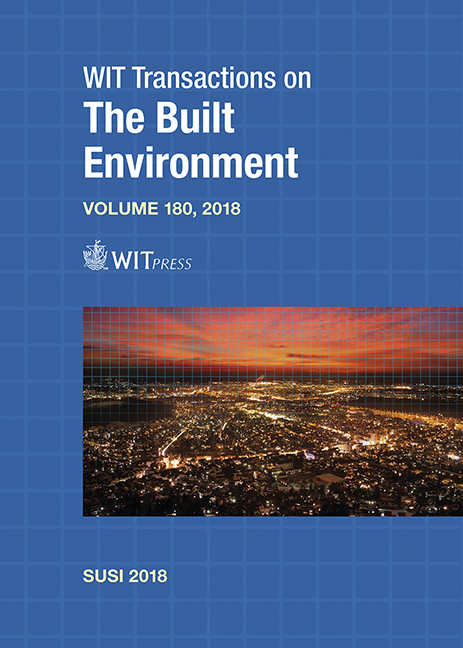BALLISTIC PERFORMANCE OF ENHANCED CROSS-LAMINATED TIMBER (ECLT)
Price
Free (open access)
Transaction
Volume
180
Pages
12
Page Range
267 - 278
Published
2018
Paper DOI
10.2495/SUSI180241
Copyright
WIT Press
Author(s)
KATHRYN SANBORN, BRIAN RISER, RUSSELL GENTRY, LAUREN STEWART
Abstract
Over the past 60 years, the materials traditionally used to construct temporary military structures have become less effective in operational theaters that require greater force protection from ballistic and blast events. Cross-laminated timber (CLT), an engineered wood product that has recently grown in popularity due to its strength and ease of assembly, has the potential to serve as an alternate or replacement building material. However, its viability for use in temporary military structures not only depends on its well-documented performance under normal design loads, but also its less-understood performance under ballistics and blast loading conditions. To better characterize CLT under such conditions in the absence of historical data, a series of ballistic experiments were conducted at the United States Army Engineer Research and Development Center (ERDC) to measure the penetration depth or residual velocity of munitions fired at various velocities. Based on the 152 initial ballistic experiments, new enhanced cross-laminated timber (ECLT) samples were developed using known armor materials and evaluated in terms of constructability and ballistic performance. During construction, heavy plate armor was significantly less compatible in bonding with CLT configurations and in some cases required mechanical connections, whereas the more fibrous materials developed for use in lightweight armor bonded well to the CLT with an epoxy mixture. The most promising ballistic performances came from the ECLT samples using flexible fibrous materials. In general, the testing showed that increased ballistic performance is attainable by enhancing CLT, but such improvements have consequences such as increased weight or material cost. Therefore, compromise on acceptable protection levels during the design process using cost-benefit analysis is necessary. Ultimately, ECLT samples modified with fiberglass fabric showed greatest cost-benefit potential.
Keywords
CLT, cross-laminated timber, enhanced





